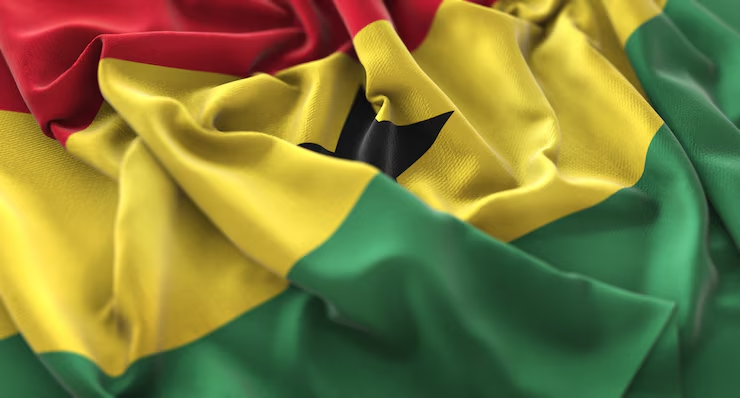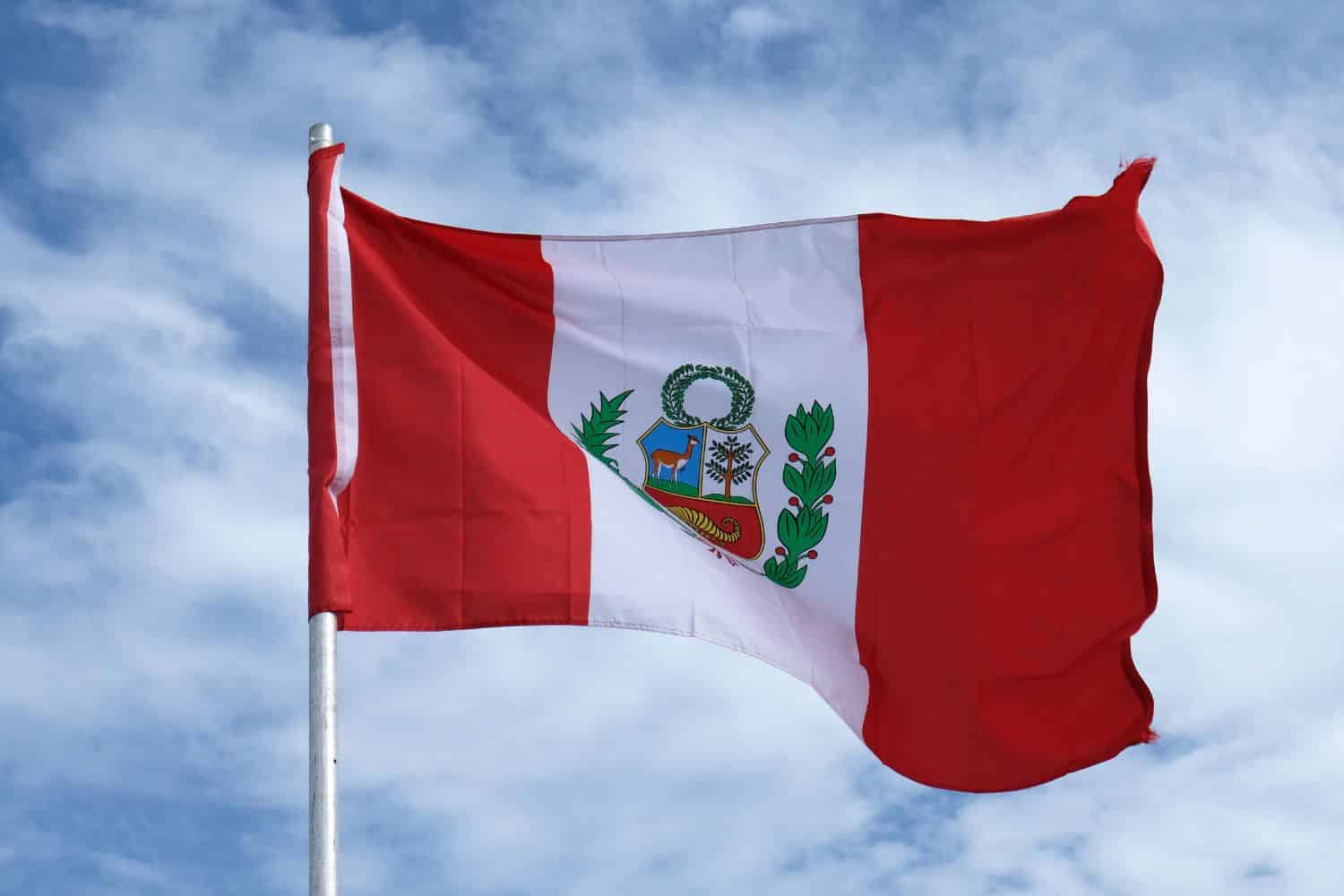As the global creator economy expands, artists in emerging markets often face a common challenge: getting paid quickly, affordably, and reliably. Traditional payment systems are slow, costly, and sometimes inaccessible—especially for creators in regions like West Africa.
This is the story of how a Ghanaian musician turned to crypto—and specifically USDT via TransFi—to receive income from fans, digital platforms, and collaborators around the world. It offers a glimpse into how Web3 is reshaping creator earnings and enabling new financial freedom for artists.
The Problem: Limited Payment Options for African Creators
For years, this independent musician struggled with cross-border payments. His fan base had grown internationally thanks to platforms like Spotify, Audius, and YouTube. However, getting paid was a persistent issue:
- High transaction fees on PayPal, SWIFT, and wire transfers
- Payment delays of 3–7 days for international income
- Lack of access to supported payment platforms in Ghana
- Currency conversion losses when receiving foreign payments in local currency
Despite building a global audience, the financial infrastructure was holding him back.
The Solution: Getting Paid in USDT Using TransFi
After connecting with a fellow artist using crypto, he explored alternatives and discovered TransFi, a crypto payment solution that enables fast, local, and stablecoin-based payouts.
With TransFi, he was able to:
- Receive direct USDT payments from fans and platforms
- Convert fiat to crypto easily through local channels
- Access funds in minutes, not days
- Retain more of his income by avoiding high conversion and transfer fees
Most importantly, he didn’t need to be a crypto expert. TransFi’s interface made onboarding simple, and its integration with local payment providers in Ghana helped bridge the gap.
How It Works: Stablecoin Payouts for Creators
The artist set up his TransFi wallet with a USDT address tied to the TRON network—selected for its low transaction fees and speed. TransFi allowed payments to be routed directly to this wallet via:
- International fans paying with fiat (converted via TransFi’s on-ramp)
- Collaborators and promoters sending crypto payments
- Platforms that offer stablecoin payout options
When it was time to withdraw funds, TransFi offered local payout methods through mobile money in Ghana—providing an easy off-ramp when needed.
Why USDT Was the Right Fit
While other cryptocurrencies were available, USDT (Tether) was chosen for several reasons:
- Stability: Avoiding volatility common with ETH or BTC
- Widespread support: Accepted across most crypto platforms
- Low fees: Particularly when using networks like TRON or Polygon
- Trusted by peers: Common among artists and freelancers in the region
TransFi’s infrastructure supported multiple stablecoins, but USDT was the best fit for this musician’s needs.
Impact: Faster Income, More Control, Global Reach
Since switching to TransFi and USDT, the artist has seen real results:
- Payment time reduced from 5+ days to less than 10 minutes
- Income retention increased due to lower fees and no currency loss
- More fans contributed thanks to simple fiat-to-crypto payments
- New opportunities opened for NFTs, Web3 music platforms, and sponsorships
Instead of being dependent on third-party financial systems, he now controls his revenue streams. He’s also educating other local artists about crypto and helping them set up TransFi wallets.
The Bigger Picture: Crypto for Creators in Africa
This story is one of many. Across Africa, creators are turning to Web3 tools like TransFi to:
- Break through financial barriers
- Reach global audiences without limitations
- Protect earnings with stablecoins
- Embrace digital platforms that pay in crypto
Ghana’s music scene is rich with talent, but limited payment infrastructure has stifled growth. Crypto—and specifically localized solutions like TransFi—are giving creators the tools to take control of their careers.
Also read: How an Artist in the Philippines Sells NFTs and Gets Paid in Stablecoins Using TransFi
Final Thoughts
For creators in emerging markets, crypto is not just an alternative—it's a lifeline. This Ghanaian musician’s journey highlights how stablecoins and platforms like TransFi are transforming the economics of creativity.
As more artists, designers, writers, and musicians join the Web3 ecosystem, tools like TransFi will be critical in making global payments accessible, stable, and fair. The creator economy is going global—and crypto is leading the charge.
Frequently Asked Questions
1. Is TransFi available in Ghana?
Yes, TransFi supports local payment methods in Ghana, including mobile money off-ramps and crypto on-ramps.
2. Why do musicians use USDT?
USDT offers a stable, borderless currency that protects artists from volatility and currency devaluation while enabling fast payments.
3. Do you need technical knowledge to use TransFi?
No. TransFi is built for non-technical users, with a simple interface and support for local onboarding.
4. Can fans pay in fiat and artists receive USDT?
Yes. TransFi supports fiat-to-crypto conversion, enabling fans to pay in local currency while the artist receives USDT.
5. What networks does TransFi support?
TransFi supports popular networks like Tron, Polygon, Ethereum, and BSC—allowing users to choose low-fee and fast options.
Table of Contents
Suggested Article
Explore our products

Make global payments at the speed of a click

Accept payments, remove borders.

Unlock Seamless Digital Currency Transactions Anywhere








.png)














